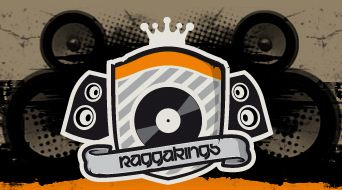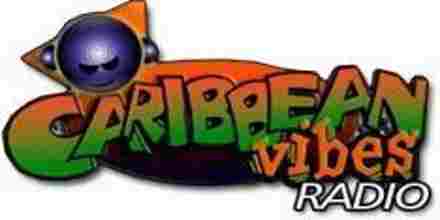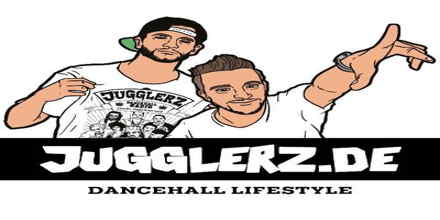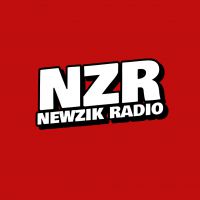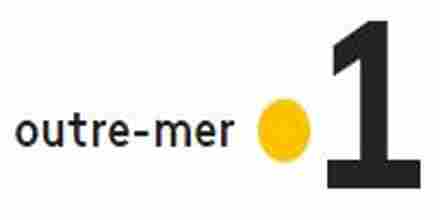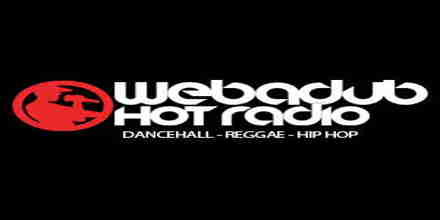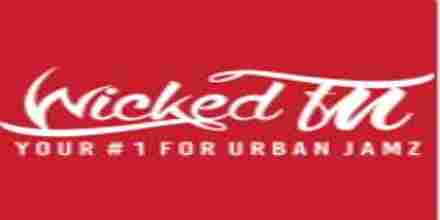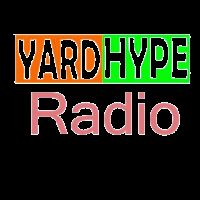Dancehall is a vibrant and energetic music genre that originated in Jamaica during the late 1970s. It emerged from the earlier style of reggae, evolving into a more upbeat and rhythmic sound that emphasized fast-paced rhythms and electronic instrumentation. The name "dancehall" comes from the spaces where this music was initially performed—large, open-air venues known as dancehalls, which were often set up in vacant lots or community centers.
One of the defining features of dancehall is its heavy use of drum machines and synthesizers, which create a distinctive, pulsating beat. This electronic foundation allows for intricate rhythms and complex percussion patterns that are central to the genre's appeal. The tempo typically ranges from 85 to 100 beats per minute, providing an infectious energy that encourages dancing.
Lyrics in dancehall often revolve around themes of love, social issues, and partying, but they can also be quite explicit and provocative. Artists frequently use a style called "toasting," which involves rapid-fire, rhythmic chanting over the beat. This technique adds a layer of verbal dexterity and storytelling to the music, making it both engaging and thought-provoking.
The fashion associated with dancehall is equally distinctive. Bright colors, bold patterns, and stylish accessories are common, reflecting the genre's flamboyant and expressive nature. Dance moves in dancehall are equally dynamic, with performers often incorporating acrobatic and sensual movements that showcase their skill and charisma.
Dancehall has had a significant impact on global music culture, influencing various genres such as hip-hop, R&B, and electronic dance music (EDM). Artists like Sean Paul, Shaggy, and Rihanna have brought dancehall to international audiences, blending its unique rhythms with contemporary pop and urban sounds. In Jamaica, dancehall remains a powerful cultural force, with local artists continuing to innovate and push the boundaries of the genre.
The production techniques in dancehall are also noteworthy. Producers often use digital audio workstations (DAWs) to create intricate beats and soundscapes. The use of reverb and echo effects adds depth and texture to the music, while sampling and looping allow for the creation of complex rhythmic patterns. This technological sophistication has enabled dancehall to evolve and stay relevant in an ever-changing musical landscape.
In recent years, dancehall has seen a resurgence in popularity, with artists like Popcaan, Alkaline, and Koffee gaining international recognition. These artists bring fresh perspectives and modern production techniques to the genre, while still honoring its roots. Dancehall's ability to adapt and innovate ensures that it remains a vital and exciting part of the global music scene.
The social impact of dancehall is equally significant. The genre has provided a platform for marginalized voices, addressing issues such as poverty, violence, and political corruption. Through their lyrics, dancehall artists often advocate for social change and community empowerment, using their music to raise awareness and inspire action.
In conclusion, dancehall is more than just a musical genre; it is a cultural movement that celebrates creativity, energy, and expression. From its humble beginnings in Jamaican dancehalls to its global influence today, dancehall continues to captivate audiences with its unique sound and dynamic performances. Whether you're dancing to the infectious beats or listening to the powerful lyrics, dancehall offers an unforgettable musical experience that transcends borders and cultures.
 20.6k
20.6k
 2
Canada, Toronto Dancehall 128 kbps AAC (LC)
2
Canada, Toronto Dancehall 128 kbps AAC (LC) 715
Jamaica Dancehall 128 kbps MP3
715
Jamaica Dancehall 128 kbps MP3 Canada, Vancouver Dancehall
Canada, Vancouver Dancehall

